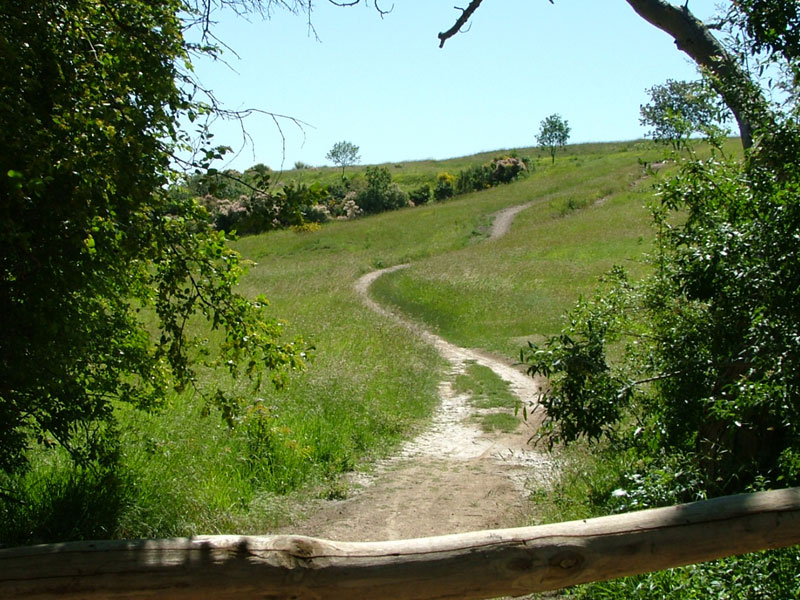No 8 - Mt. Cecilia Trail



- Departure: Baone (Baone)
- Arrival: Baone (Baone)
- Duration: 1 hour 30 minutes
- Difficulty Level: T - Tourist (level)
- Length: 5 km
- Difference in height: 170m
- Involved Municipalities: Baone
- Show the map
After having left your car in Baone’s town square, take the road to Valle San Giorgio till you get to Via Lucerna and walk up a stretch of concrete road. Turn into a bridleway edged by field maple and paper mulberry bushes, brambles, hawthorn and lilac, then turn left and keep walking alongside an olive grove. You will note the typical onion-skin shards on the latite rocks that emerge from the ground, a phenomenon that affects homogeneous rocks when exposed to the elements. The path continues until it reaches a fork in the road where, turning right among European hop hornbeams, European nettle trees, black locust trees and ash trees, you’ll come across forest undergrowth covered in wild asparagus, elm hedge, maple, hawthorn, butcher’s broom and spindleberry, known as berretta del prete (‘priest’s hat’) due to the distinctive shape of its fruit. At the next fork in the road, turn left uphill and you’ll notice elms, Cornelian cherries, maples and ash trees, till you reach a clearing. If you keep walking to the right, you’ll see that the vegetation becomes scarcer and is mainly black locust trees; after a long stretch, you’ll come to a detour that leads to the ruins of the medieval castle of the Da Baone family. Stone steps lead to its ruins, which are worth spending time over.

The 'vegri' of Mt. Cecilia
(photo by: PR Colli Euganei)
 Download KMZ
Download KMZ  Download in GPX format
Download in GPX formaten
When you come back to the main trail, you will come across a white oak forest and then black locust trees. Further on, next to the barrier, you’ll see some magnificent Judas trees.
The trail continues downhill and reaches the ruins of Casa Bolcato after a long stretch, after which it enters a denser forest mainly made up of various species of plants and black locust trees.
Turn right at the fork in the road and then you’ll enter woods that seem to boast a more varied number of species, with hornbeam, Judas trees, dog rose, Cornelian cherry, maple trees, white oak, elder trees and other species. Once you leave the woods behind you, you enter the area’s typical arid fields known as vegri, where valuable Paduan rue and several species of orchids flower. The downhill path continues and passes through a white oak wood with junipers and European hop hornbeams. You then cross a pretty farm landscape till you reach a bridleway that leads to the tarmaced road. From here, on the left, you head back to Baone.








